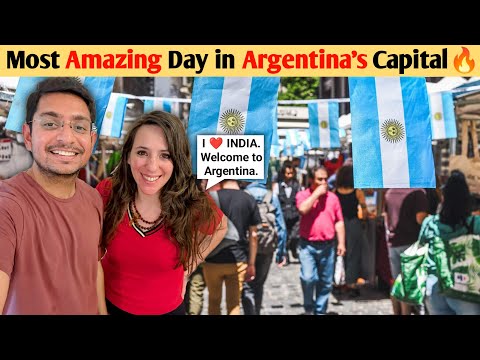DISCOVER Røros - Travel Back in Time | with subtitles

The mining town of Røros is called Bergstaden which means "mountain town" due to its historical notoriety for copper mining. Røros is one of two towns in Norway that were historically designated "mining towns", along with the "silver-town" of Kongsberg. The inhabitants of Røros still work and live in the characteristic 17th and 18th century buildings which led to its designation as a UNESCO World Heritage Site in 1980. The poverty-stricken families used to live on this street. Røros has historically been used by the Southern Sami people for reindeer herding. Some of the houses on this street have been converted into museums and furnished like how it was centuries ago.
The rest of the houses are currently inhabited by various families. Mining no longer takes place in Røros, but tourism has definitely taken up the slack. Today the town of Røros has about 3,000 inhabitants. The town has managed to skilfully preserve its historic wooden buildings and mining town layout. Røros sits in the uplands and interior, and is one of the coldest places in Europe during winter. The coldest temperature measured in Røros is -50,4°C on 13 January 1914.
Among the people trying to survive in the mountains with its unforgiving winters, were the indigenous people of Scandinavia, the Sámi. A part of this wall has been scraped down to reveal various historical paint colours that are used in the Røros buildings. The paint shades are the recommended colours for the buildings in Røros. If you use traditional painting technique and colours on your building, the government will pay as much as 70% of the painting cost. During the 18th century, it became fashionable to use panels on houses. Some of the people added panels on their log houses. At the end of this street, you will see an original log house that does not have panels.
All the original houses in Røros are "laftehus" or log houses. A "laftehus", or log house is a structure built with horizontal logs interlocked at the corners by notching. Logs may be round, squared or hewn to other shapes, either handcrafted or milled. If you look closely, you will see long "boxes"outside the panelled houses. Those are covered beams of the original "laftehus".
This mining town began to take form in 1644, when the first copper ore was extracted on the mountain plateau. The house of the mining director of Røros used to stand somewhere here. It had a great view of the beautiful street. If you stand here and look towards the end of the street, it will seem like you are on a very long street. However, the street is cleverly planned. The other end of this street is much narrower than the other side. This creates a "long street" illusion. This two-storey yellow house is the oldest house in Røros based on the dating of the timber used inside.
This house was one of the originally protected houses in Røros. The owner wanted to build a gas station but couldn't because he was not allowed. Instead, he dismantled the whole house and sent the pieces to the National Museum and built a gas station. After he passed away, the museum returned the house to Røros. This light, mint green building used to be a concert hall and theatre. The paint colour apparently was a mistake. They did not redo it because it was too expensive. The Smelthytta museum is built on the ruins of the smelter that burnt down in 1975. Here you find exhibitions about the history of the Røros Copper Works.
Mining ended in 1977 and left a town with a unique history that can still be seen for instance by the slag heaps. Hytteklokka, or the Smelting Bell was the shift clock for workers in the smelter. The bell was rung every time a shift was over and a new one began 24/7. The original bell tower was much taller; it was replaced in the 1890s. Røros Church is known as ‘Bergstadens Ziir’ which means “The pride of the mining town”. Røros Church was built between 1780 and 1784. It was funded by Røros Kobberverk and the cost of the church was the equivalent of 450 miners’ yearly salaries!
When it was finished in 1784, it was one of the largest churches in Norway, with 1600 seats. The church was built in the golden age of the Røros Copper Company. On the tower of the church you can see the logo for Røros Kobberverks; it’s one of few churches in Norway to display the logo of its main sponsor on the exterior. During winter, a traditional market called "Rørosmartnan" is organised in Røros, drawing an average 60,000–70,000 tourists to the town of Røros each year. The market begins on the last Tuesday in February and lasts five days Røros and its people were made famous to Norwegians at the turn of the 20th century by semi-fictional author Johan Falkberget, who told the story of the mining community from the perspective of the hard-tested miners at the bottom of the social ladder.
Røros has about 80 wooden houses, most of them standing around courtyards. Many retain their dark pitch-log facades, giving the town a mediaeval appearance
2021-07-21 18:08


